No products in the basket.
Blog
A Mini Guide to Land Drainage
There are a few things worth knowing the answer to before going ahead and fitting land drain. It is essential to know the ins and outs of how to correctly connect the land drains as well as where is best to use them and how the different kinds of pipes actually work. However, it will be hard to understand this unless we have discussed the basics first.
What actually is land drainage?
Land drainage is most commonly used to give relief to excess water that sits above ground. It is often referred to as a ‘French drain’ and can be identified as a flexible black pipe with a corrugated outer layer. The pipes themselves are either perforated or unperforated and must be used in accordance with what your job requires. At EasyMerchant we stock the sizes 60mm to 110mm in both perforated and unperforated land drainage pipe coils.
How do the land drain pipes actually drain land?
Both the different kinds of land drainage pipes (perforated and unperforated) have their own uses. Perforated land drainage pipes are used to take in the water from the ground. The tiny holes that are in the pipe allow the water from the ground to travel into the pipe once it has made its way through the soil above. This means that the water can percolate back into the surrounding soil or be taken away into an underground drainage pipe system at a rate which will stop there being any long-lasting surface water. Land drain pipes are fully perforated meaning that the holes are all the way round the pipe, this will help to improve things such as field drainage.
Unperforated land drainage pipes are designed to be used for distributing surface water. Often, if there is water that must be redirected into another water course such as a river or a soakaway system, then the unperforated land drainage is going to be your go-to option. However, ensure that you are only using this pipe for the transportation of surface water and not foul water as this is not what it is designed for and you will be breaching regulations.
In what situations should you use land drain?
There are various different times when you would look to use land drainage. Often, building, landscaping and agricultural projects require pipe with land draining capabilities for all kinds of reasons. If, for example, the pipe is being used for an agricultural-based project such as draining fields. A perforated pipe would be ideal and would help improve the overall soil quality. Similarly, this kind of underground drainage pipe would also be used for sports areas as well as domestic areas.
Along with this, built-up areas must also not become flooded with standing surface water. The reason for this is because if an area becomes loaded with standing water, the structures that are below ground have an increased static load added to them which is not good for the structural integrity of a job in the long run. This is why using land drainage in built-up areas is also very important, so that standing water can not cause any problems down the line.
How to identify a land drainage pipe?
The land drain pipes that are used for most projects are manufactured in black. Try not to get this confused with the black electrical ducting. Remember that the ducting is black to indicate what is inside of it, whereas land drainage pipe coils tend to be black as standard, but ultimately they are both used for different things.
Is there a certain way to go about laying the land drainage pipe?
Preparing to lay the land drain:
If you are looking to use land drainage for domestic use in somewhere like a garden, something to remember is that any point within the area of the domestic job, should be within 2.5m of the land drain. More often than not, you will find people opting for the herringbone drainage layout, which is essentially where there is a main pipe that runs as the central spine that branches out using Y connections for each section of land drain connecting to the central spine. This allows a maximum area to be covered, which in turn makes for the best drainage solution.
If you are dealing with a larger area, the 2.5m rule isn’t the best option to go for. Further to this, be sure that there only needs to be a minor fall for land drainage before fitting it. Most people go with a land drainage system that is 1 in 150 but just ensure that it is no larger than 1 in 100.
The actual installation process:
When starting any pipework job, we recommend working back on yourself as it will make the job a whole lot easier. The trench itself should allow for around 150mm of granular material to sit on each side of the pipe when it is installed.
For the depth of the trench, it should be deep enough to ensure that there can be at least 100mm of bedding at the bottom of the trench. Furthermore, the depth should also allow for 150mm of shingle to be placed over the top of the pipe followed by 300mm of some form of free drainage material. To finish, the trench will be filled in with 100mm of the previously excavated soil and can then be covered by laying turf over the top.
The depth of the trench would depend firmly on the size of the pipe you are using, but for a common size like 100mm pipe the trench would be around 750mm deep. However, you should always factor in the other layers with your pipe size to determine the depth of the trench that you will need.
Is the use of geotextile membrane essential when installing a land drainage system?
It is not something that is an absolute necessity when it comes to laying the land drain, but if you are looking to keep your system in good stead for a long time, it is best to use a non woven geotextile membrane. This is because it will not hinder the water flow but will stop the silt and dirt from entering the pipework, which will improve the lifespan and reliability of the system. If the permeable geotextile membrane is right for your project, it will be applied below the 100mm top layer of excavated soil but on top of the free draining layer.
Ring us if you are unsure!
It goes without saying that there are quite a few things that you need to bear in mind when installing land drain and at times it can become a bit confusing. If there is anything that is written in this article that you are unsure about, then be sure to speak to a drainage engineer or feel free to contact us and we will do our best to answer any questions that you have!
Shop Land Drainage:
Sale!
Sale!
Sale!
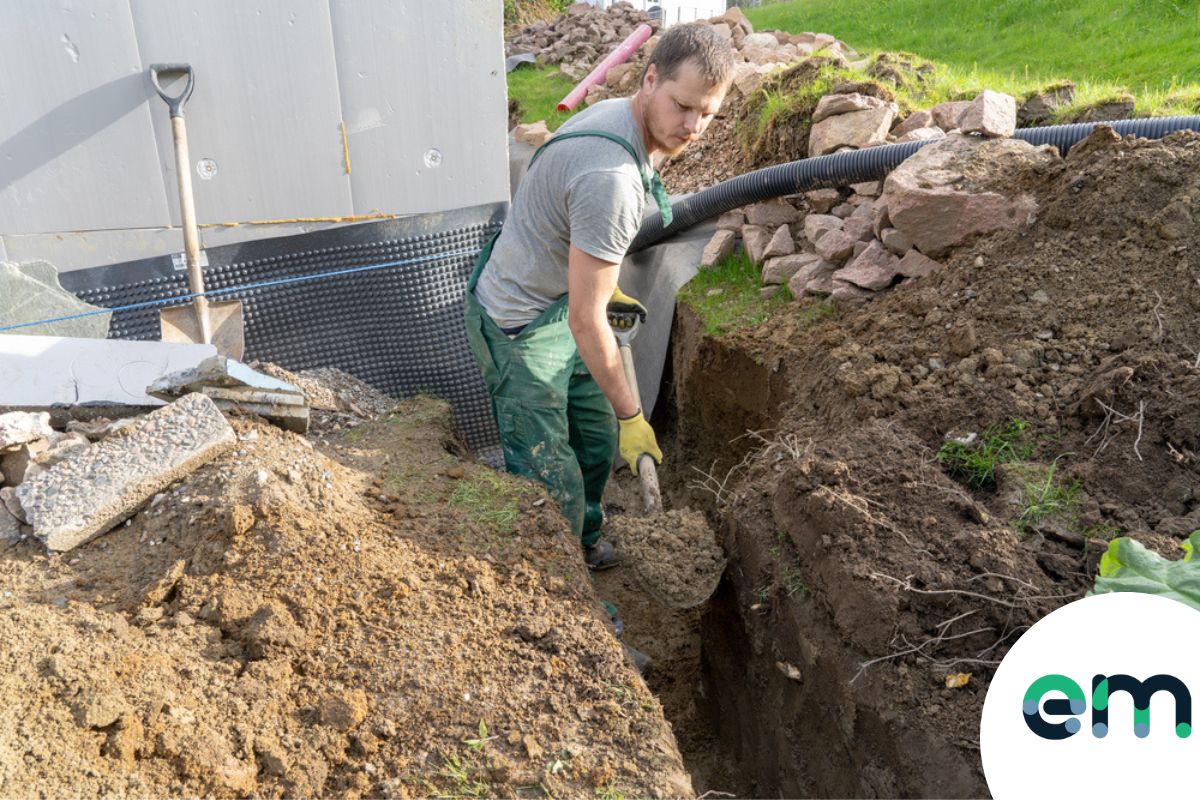
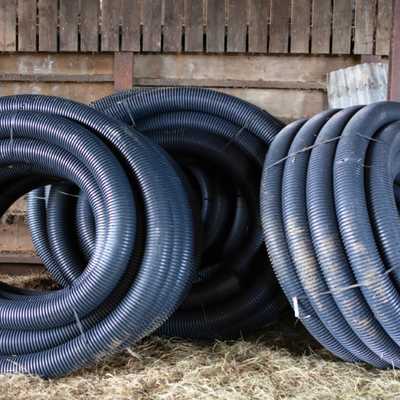
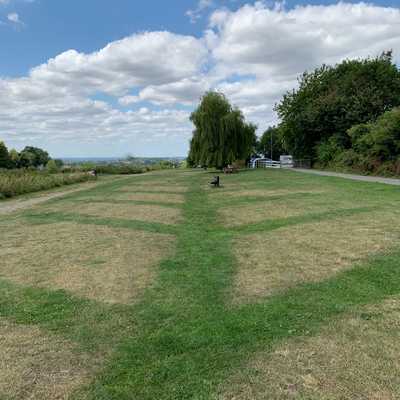
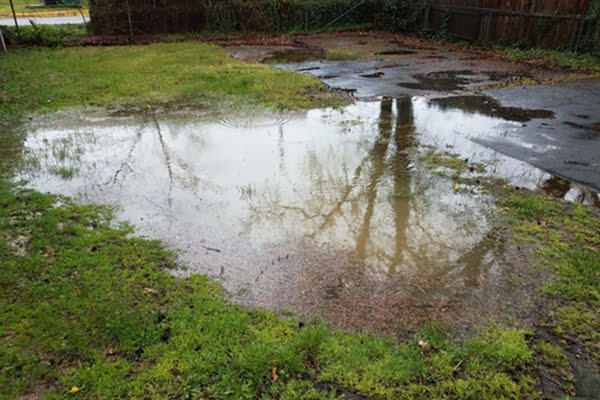
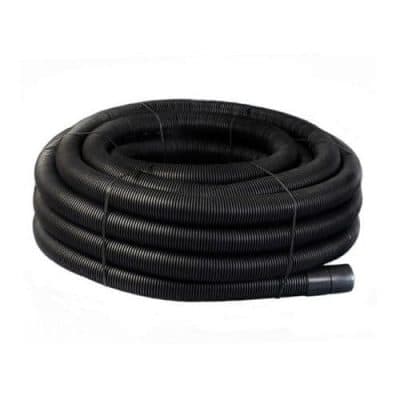
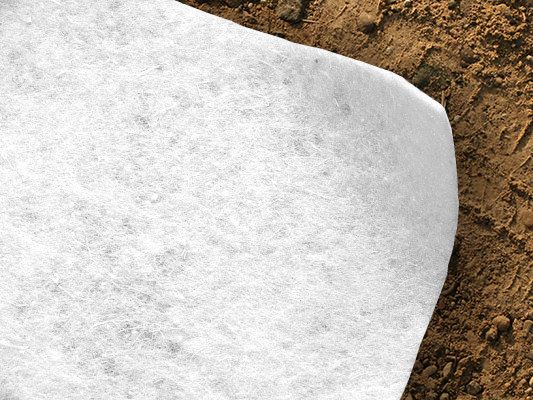
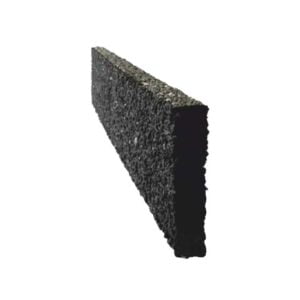
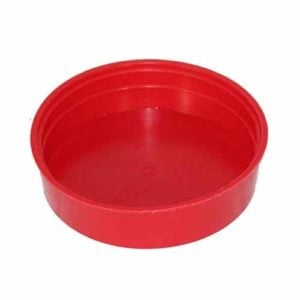
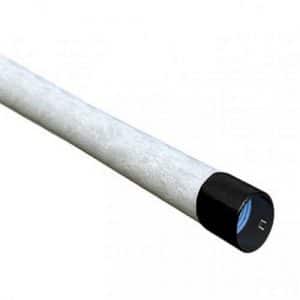
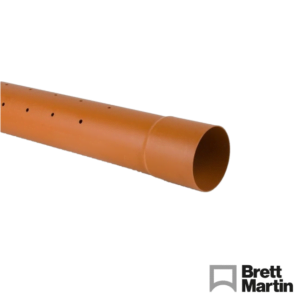
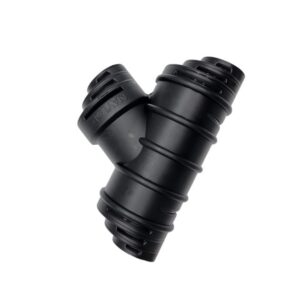
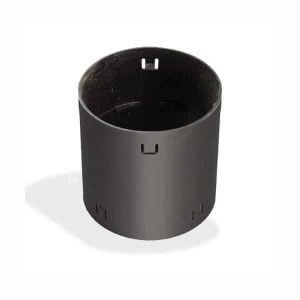
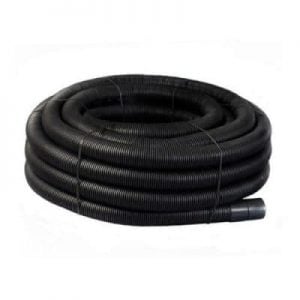
I want an engineer to give me a bill of quantities and execution of water logged in a field area of 30meter square area in a School location In Warri delta state